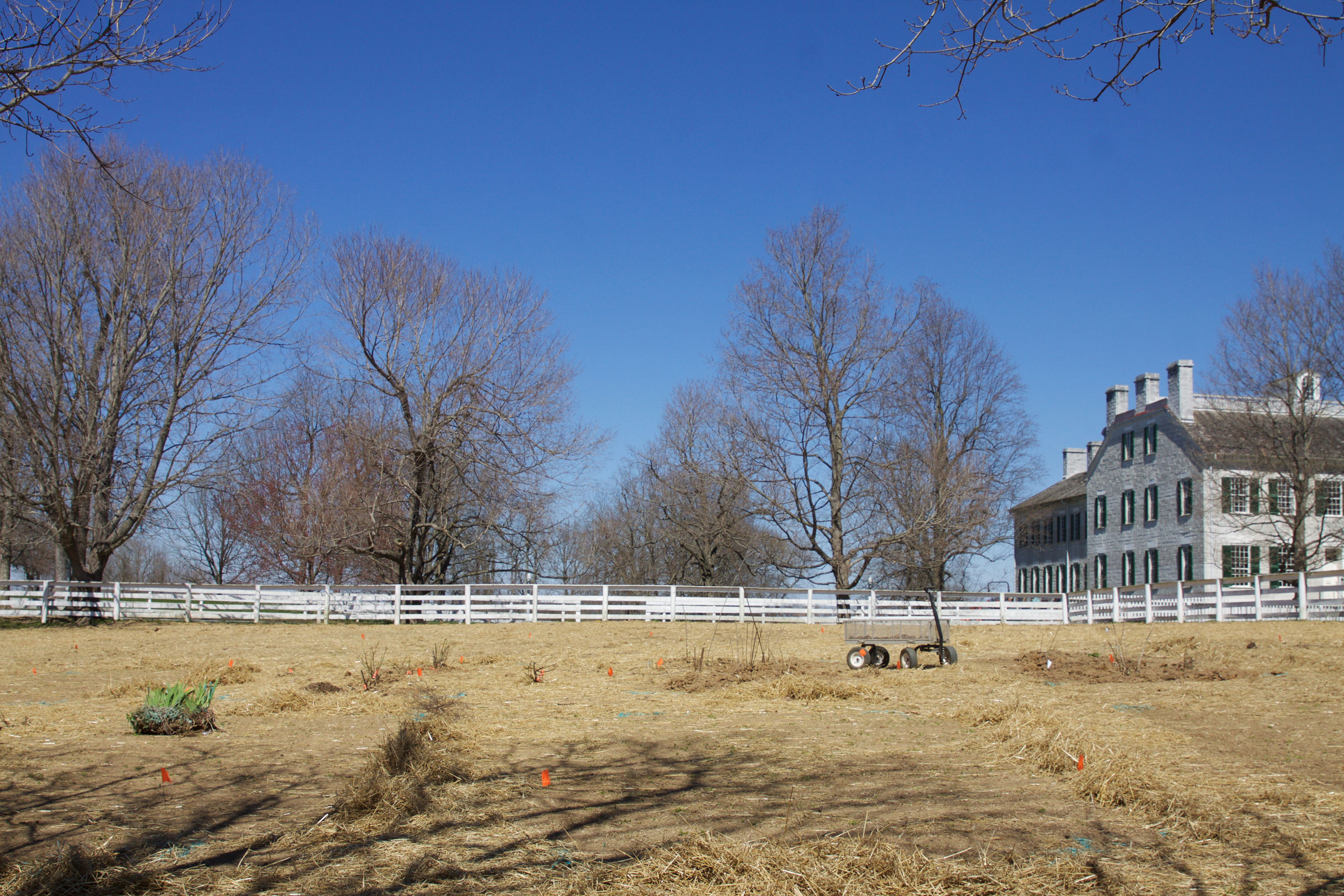
The Discovery Garden
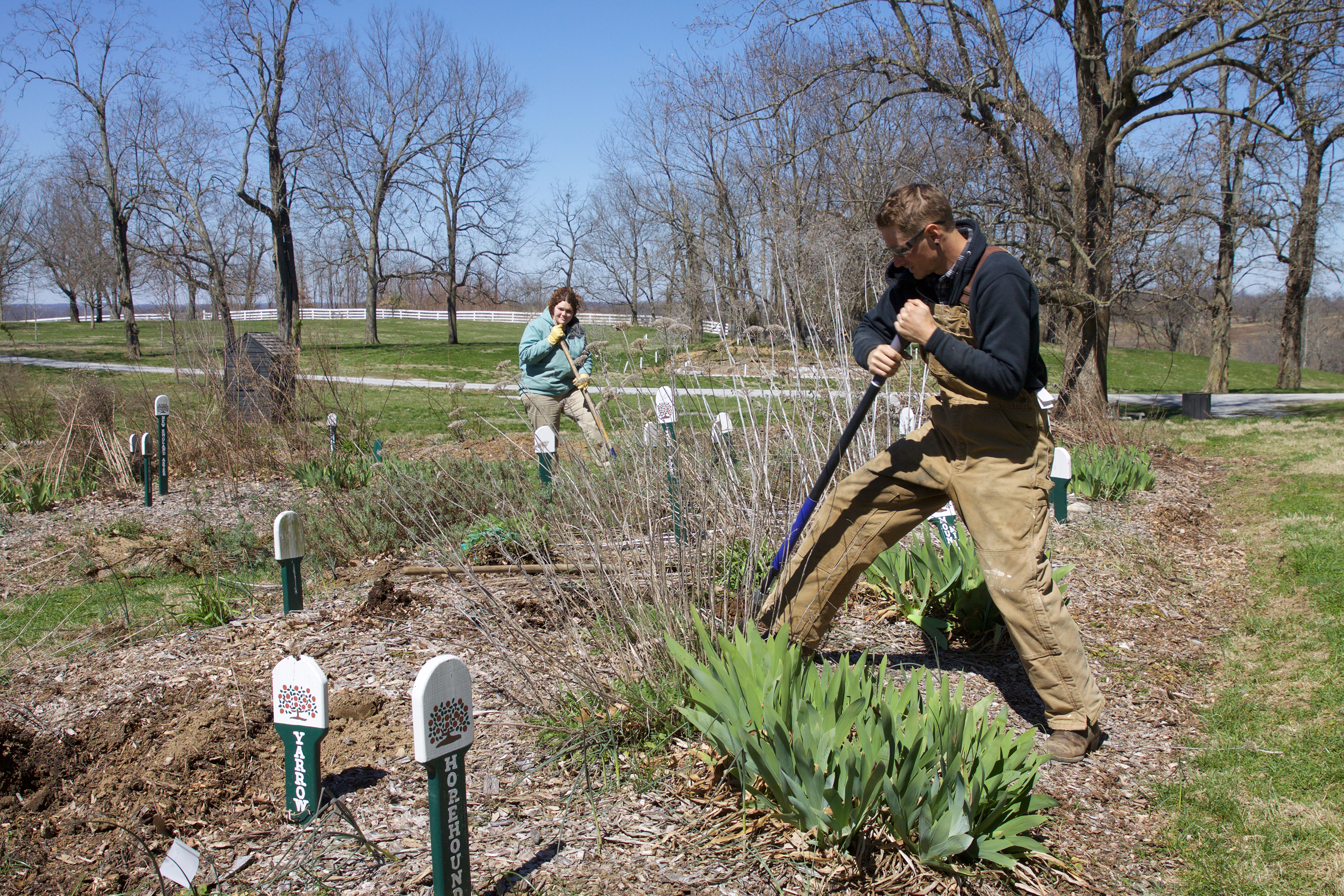
Last week, a few members of the Shaker Village team pitched in and assisted in transferring the herb garden across the Turnpike to its new home. Here’s what they had to say:
A: It’s actually not just an herb garden anymore! We’ve renamed it the Discovery Garden because it now includes the plants from our Shaker herb garden and native plants from The Preserve that are beneficial to pollinators and other wildlife. We will continue adding plants throughout the year to expand the garden from its original purpose and layout.
The beds will be organized to highlight the different uses the Shakers and modern people have for herbs (nutrition, hygiene/health and natural dyes). Common herbs used by the Shakers, such as thyme, lavender and mints, as well as lesser known herbs such as comfrey, wormwood and orris root, can be found in this garden. Some beds will highlight the native plants that the Shakers gathered from the wild for food and medicine, as well as plants important to pollinators and other wildlife. You will also be able to find more interesting plants such as cane, prickly pear, milkweeds, passion flower, wild edible berries and more!
Once established, the Discovery Garden will be the location for new daily programs on herbs and pollinators. Visit us soon to check it out!
Merin Roseman, Program Team + Sustainability Administrator
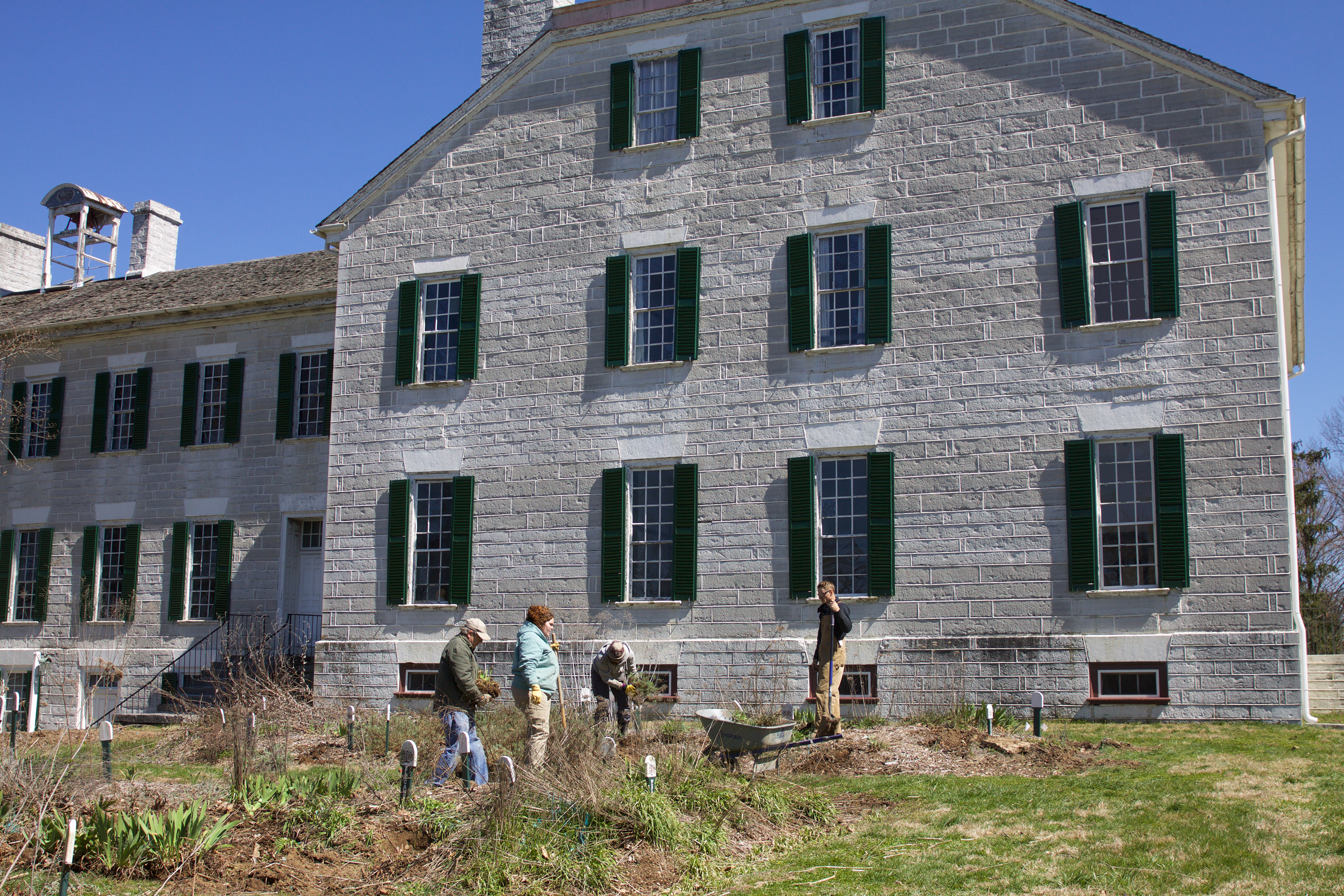
A: Herbs are pretty variable, but generally easy to grow. I personally can’t keep a rosemary plant alive through the winter, but it’s a potted plant that needs to come inside for Kentucky winters, in most cases. The past couple of years, we’ve had some challenges getting parsley to grow, but this year, it’s growing fantastically, due to having the greenhouse running! In general, all herbs are pretty easy to grow, are multi-useful and one of the best ways to cut the grocery bill (assuming you use a lot of herbs in your cooking).
Q: Is it true that we will be selling herbs from our garden this year? What herbs will we be selling?
A: We are growing herbs, along with several other garden plants, to sell in The Shops this year. This spring, you will be able to purchase some annual herbs such as basil, parsley and fennel. We also plan to sell onion sets, which can be considered an herb or vegetable. I’m also starting several perennial herbs, such as oregano, spearmint, thyme and lemon balm. The perennials grow slower, and I plan to transplant some of what we grow to the herb garden and in the farm area throughout the year with plans to sell them in the future if they do well.
Dylan Kennedy, Farm Manager
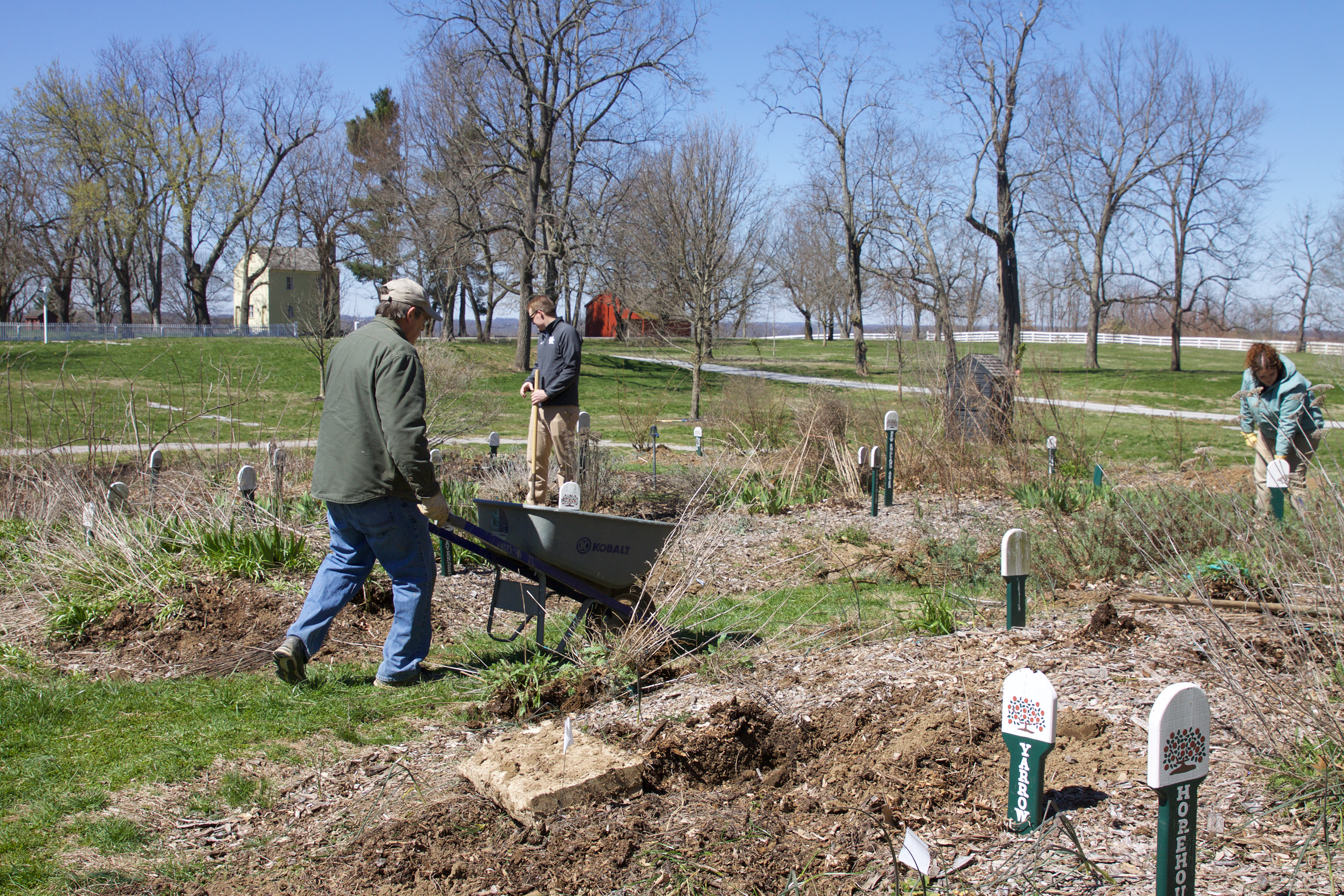
Q: Did you learn anything fun during this process? What do you like to tell the guests about the herb garden?
Jacob Glover, Program Specialist
A: The project was exciting to participate in! I especially enjoyed learning about the structure and space requirements of each plant as they were arranged in each bed. I enjoyed picking up some of the Shaker terminology for the herb gardens, such as the “physic garden” to describe the medicinal herb beds, the “sauce garden” in reference to the culinary beds and the “dye garden” for creating natural dyes. I am eager to see the garden come to life after learning about the many native plants we transplanted and additional native species to be planted in the future!
Rebekah Roberts, Program Specialist

Q: What did the Shakers use herbs for?
A: The Shakers used herbs in a variety of capacities, but, primarily, those grown in their gardens and gathered from their property were garnered for medicinal use within the community. Beyond Pleasant Hill though, the Shakers marketed their dried and pressed herbs in the form of powders, pills and extracts—often selling them as far south as New Orleans.
Emalee Krulish, Archivist
Stop by and visit The Discovery Garden during your next visit! Check out our events calendar and plan your next trip.


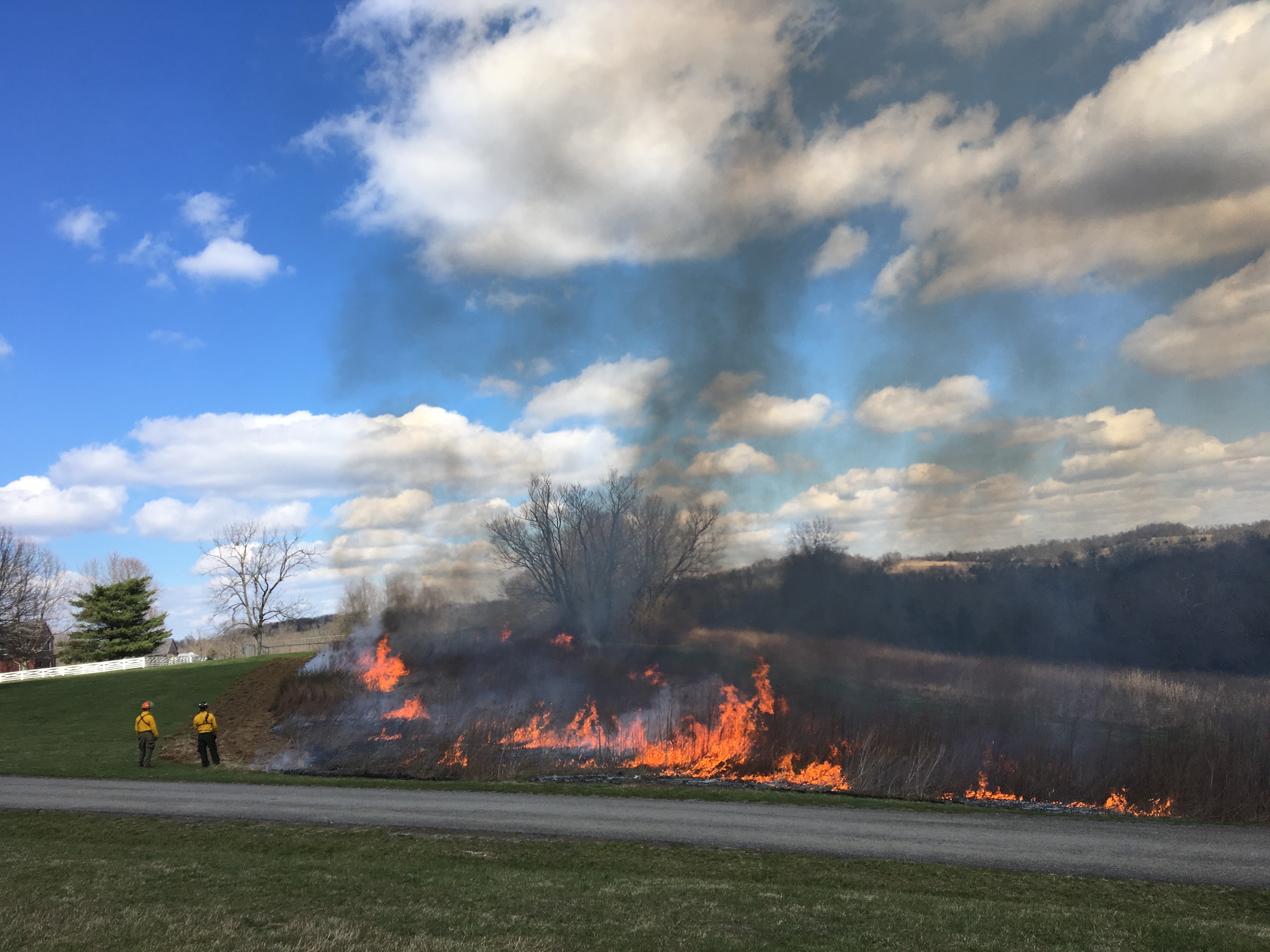


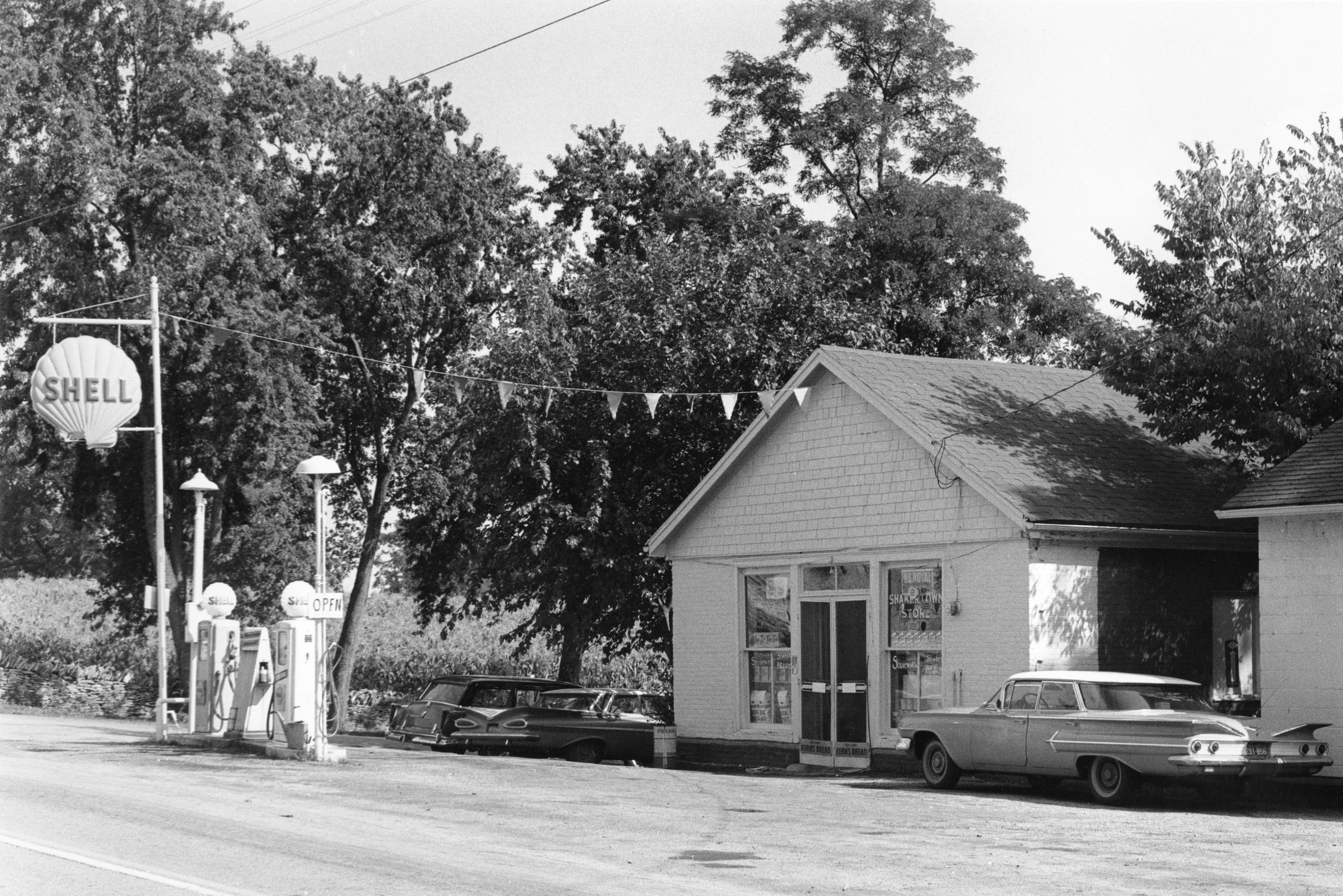
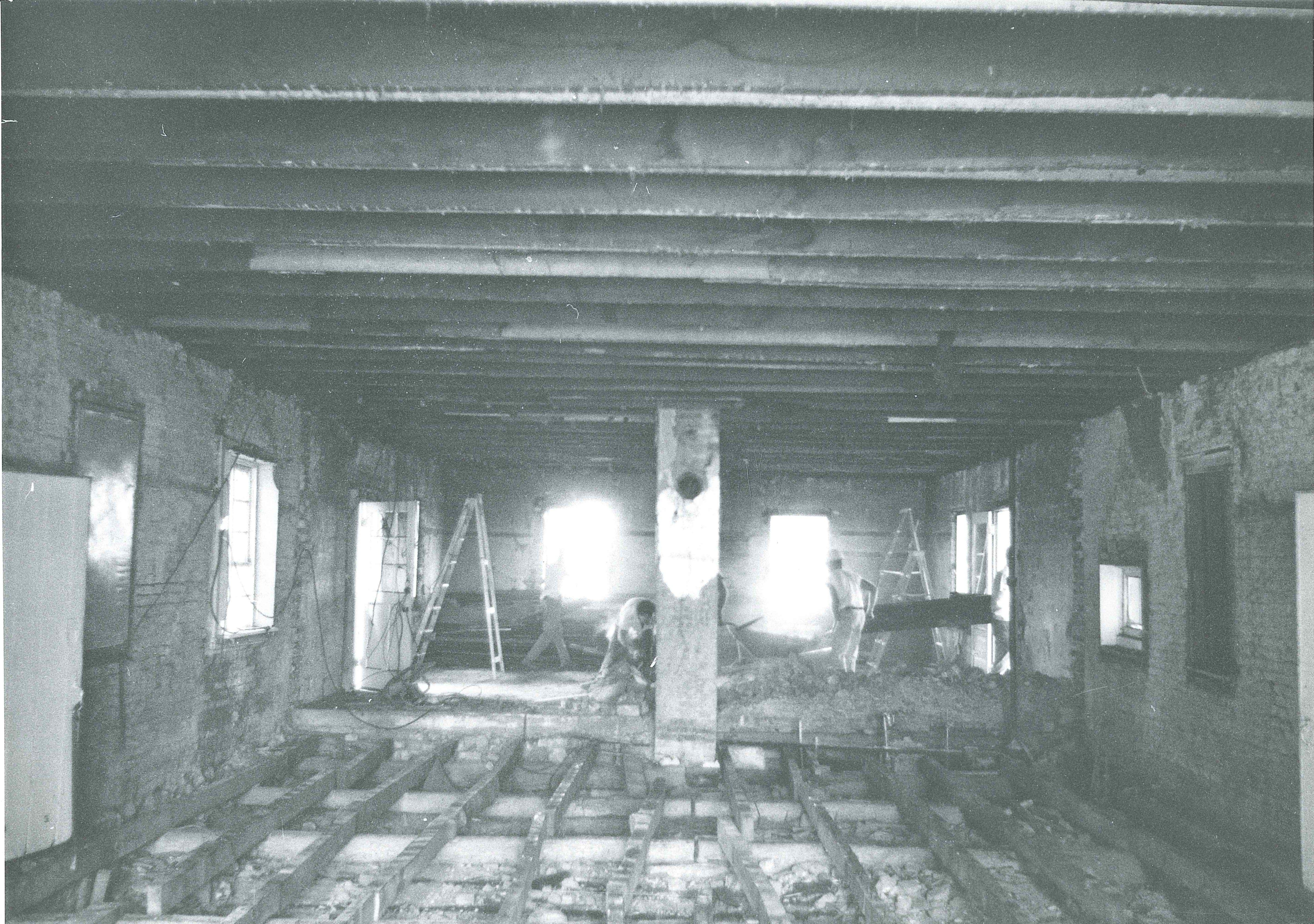

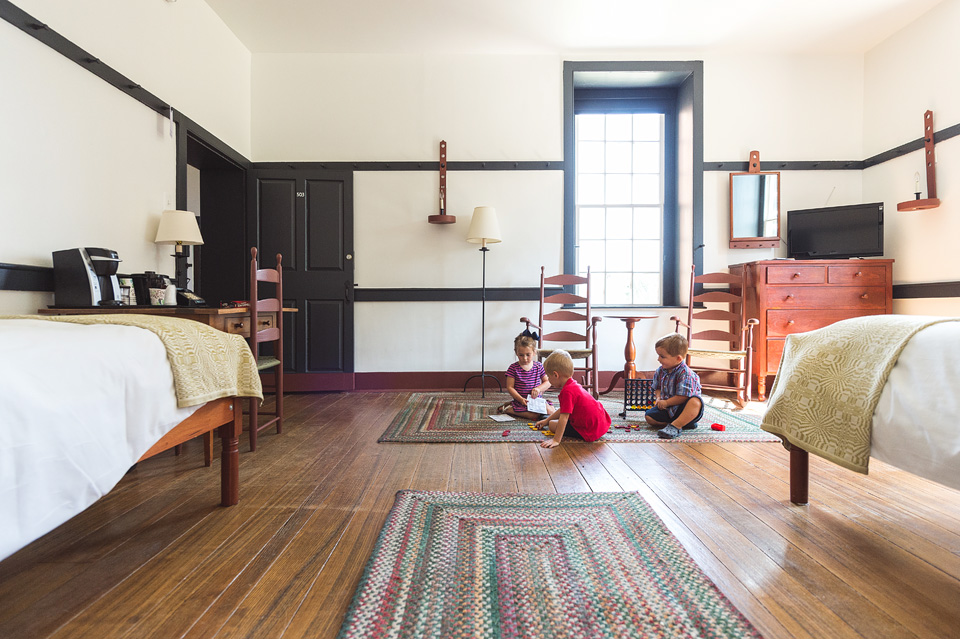
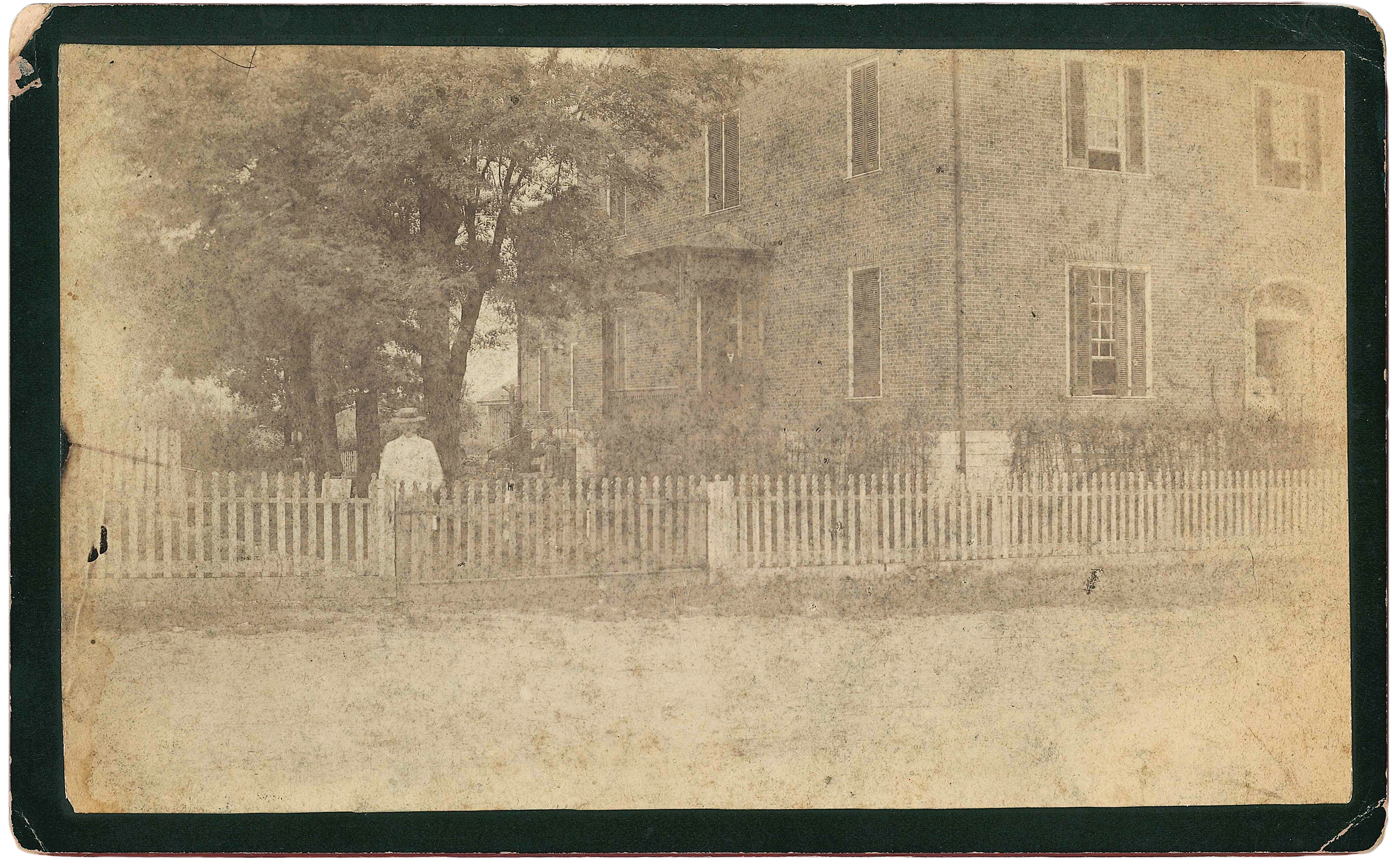
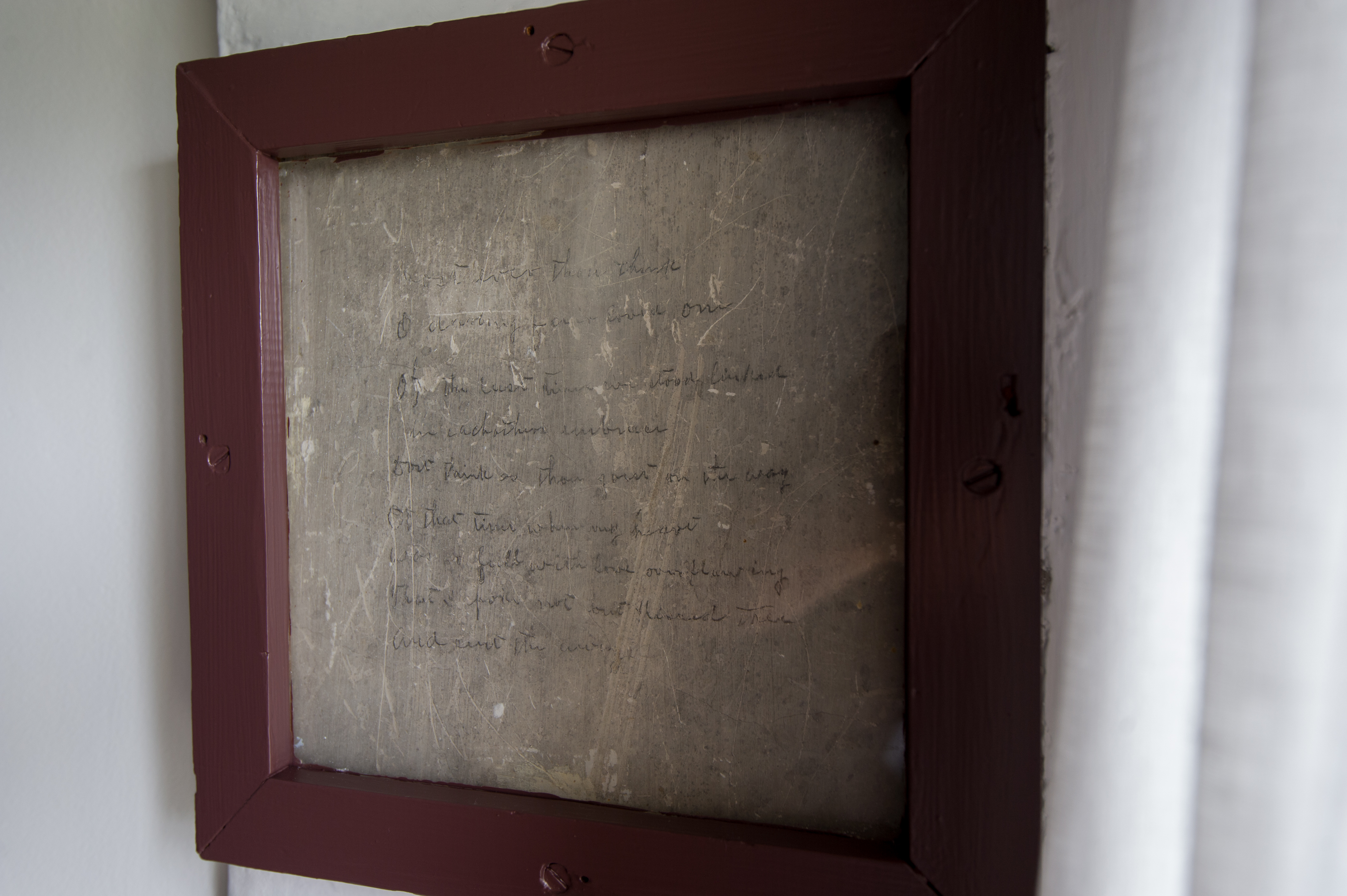
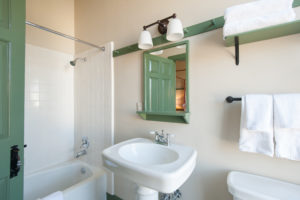
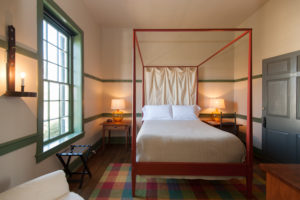
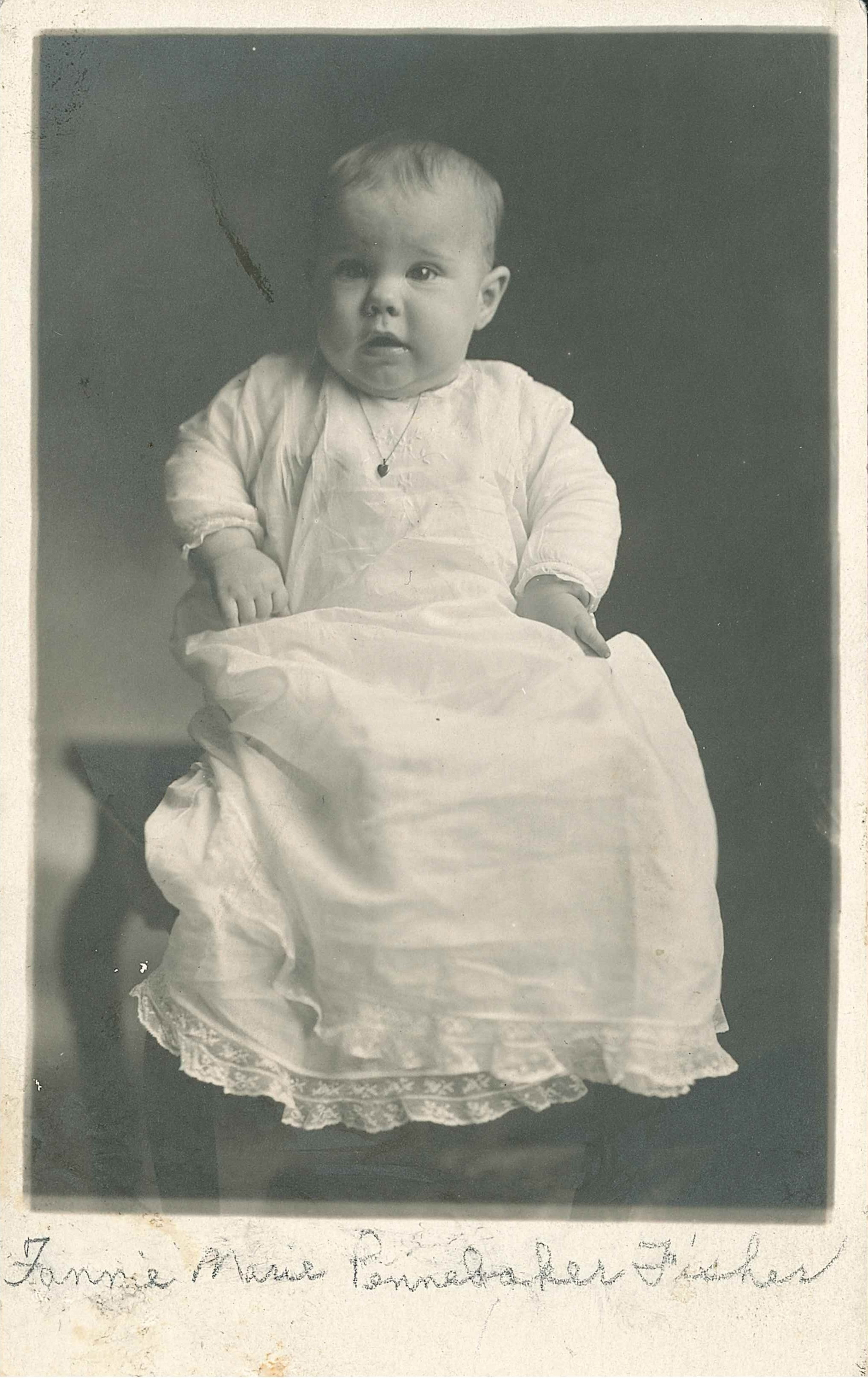
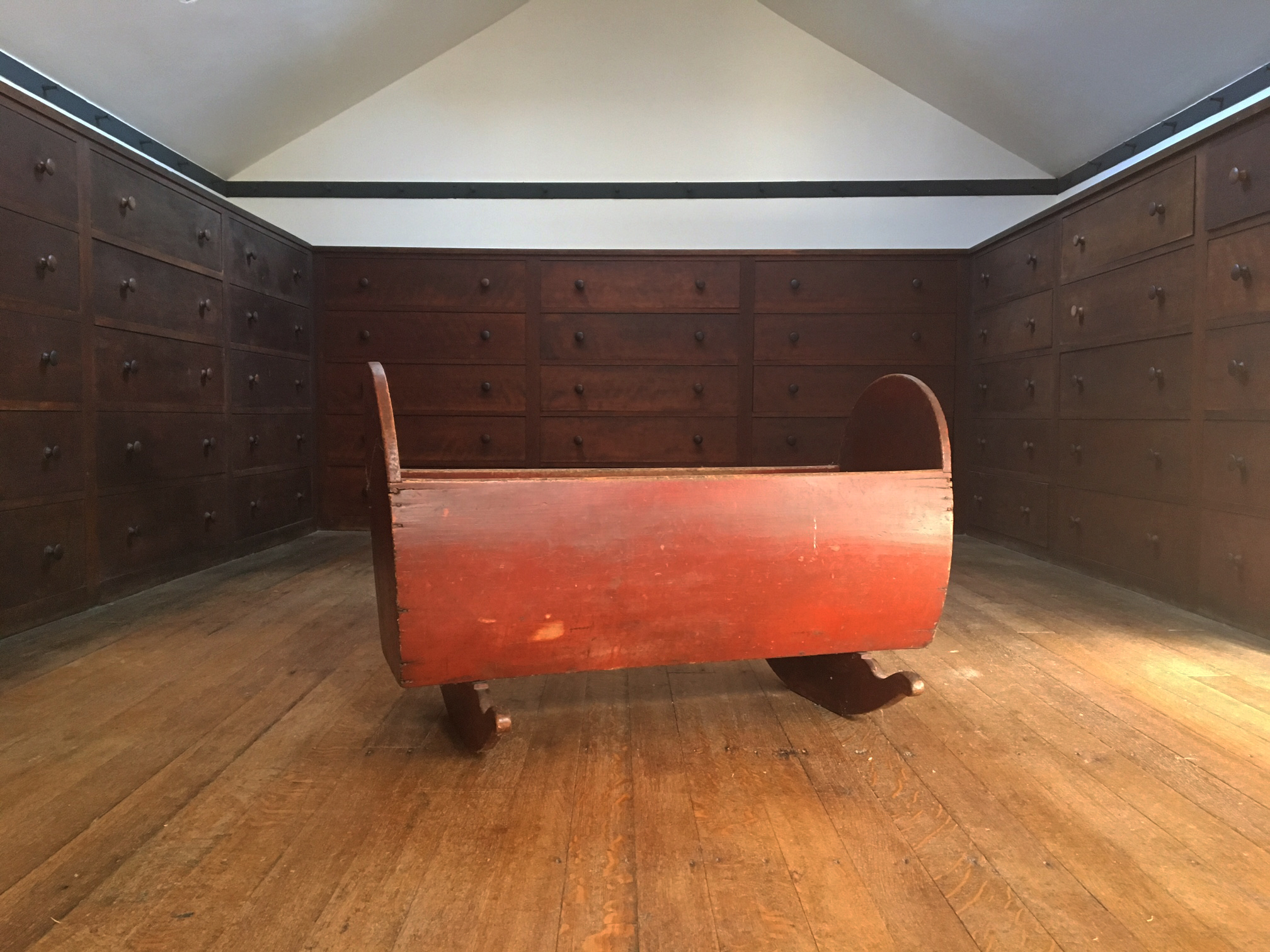
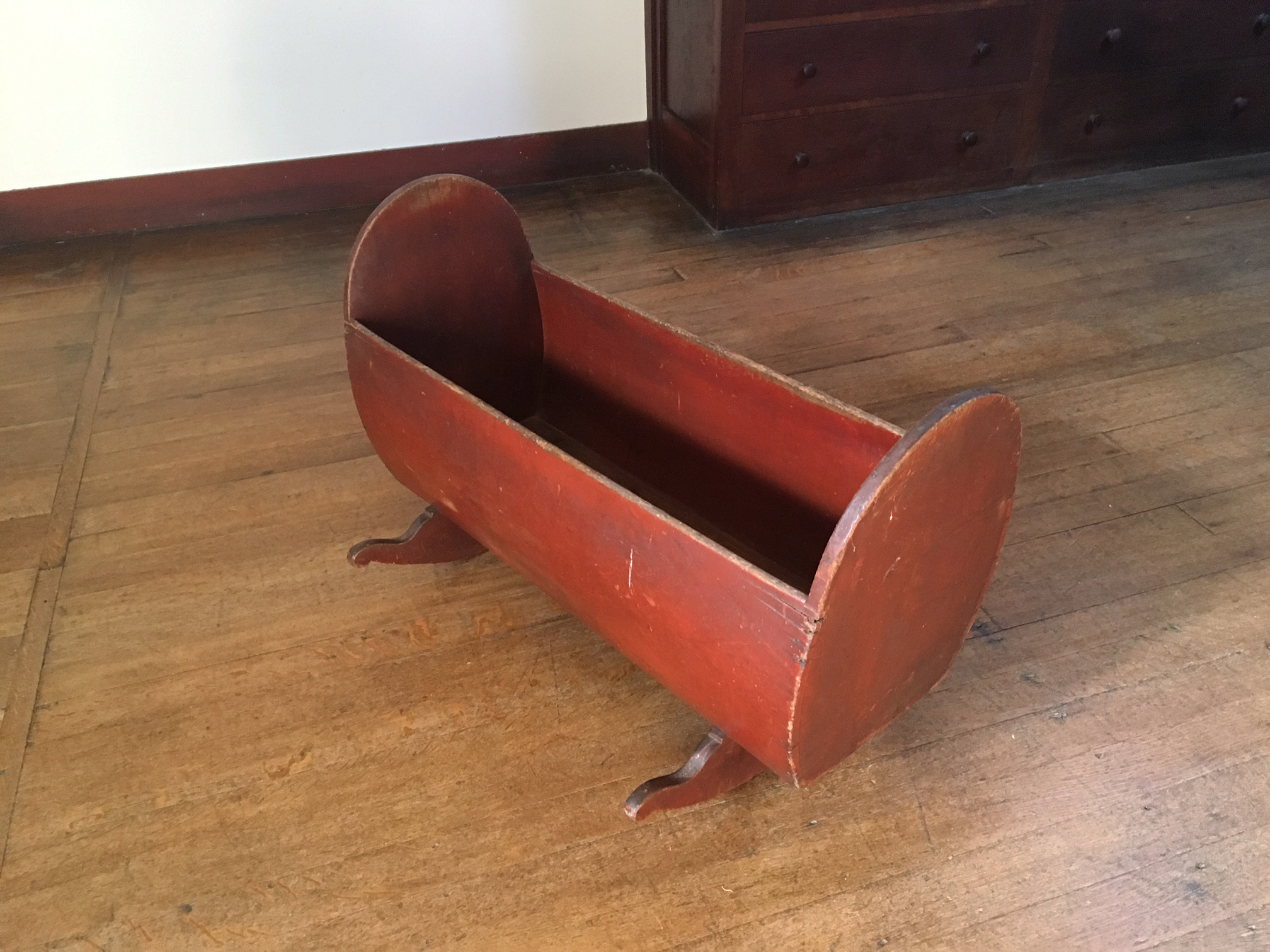

 Stories like this are being discovered here every day.
Stories like this are being discovered here every day.